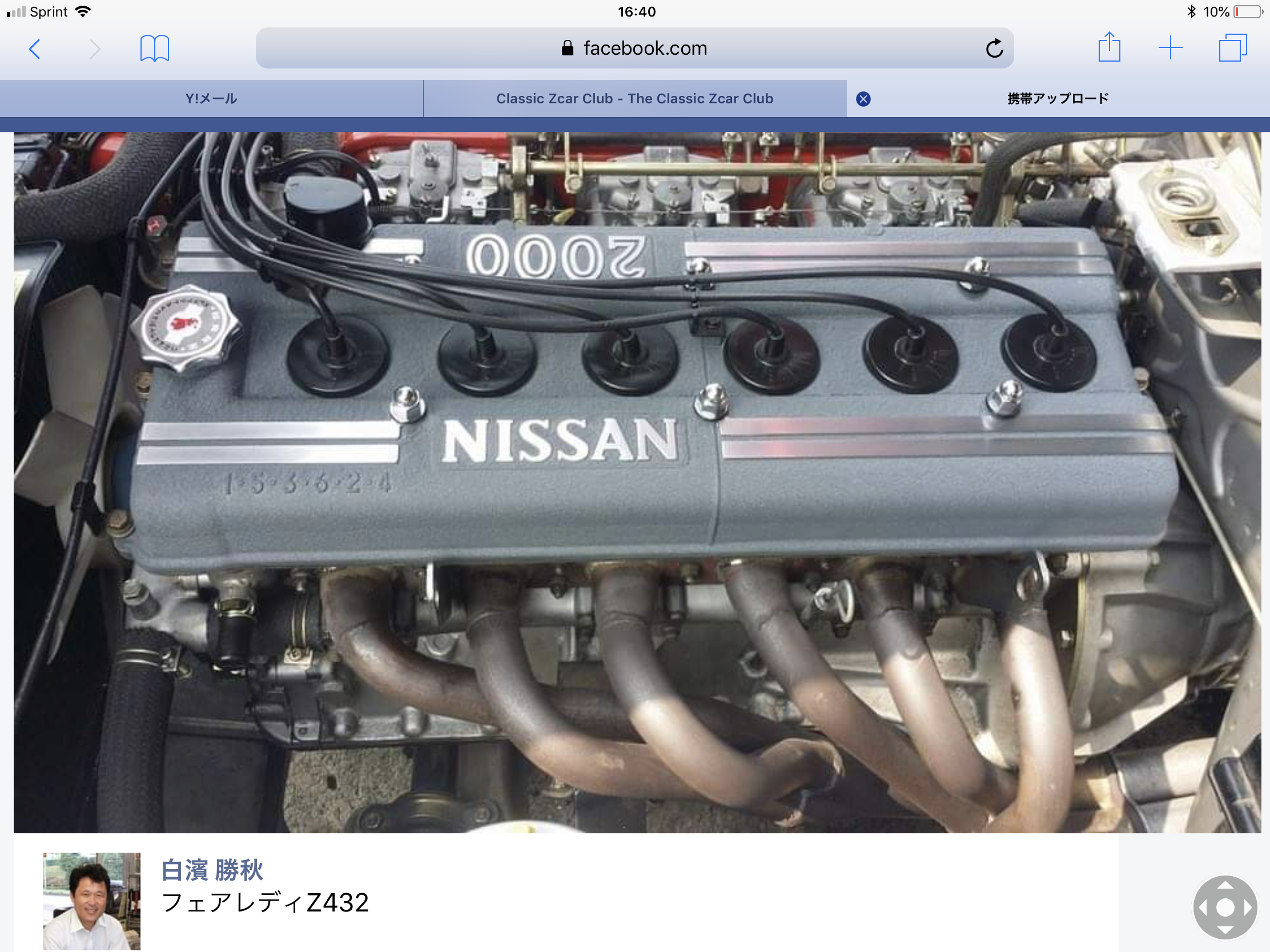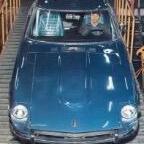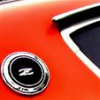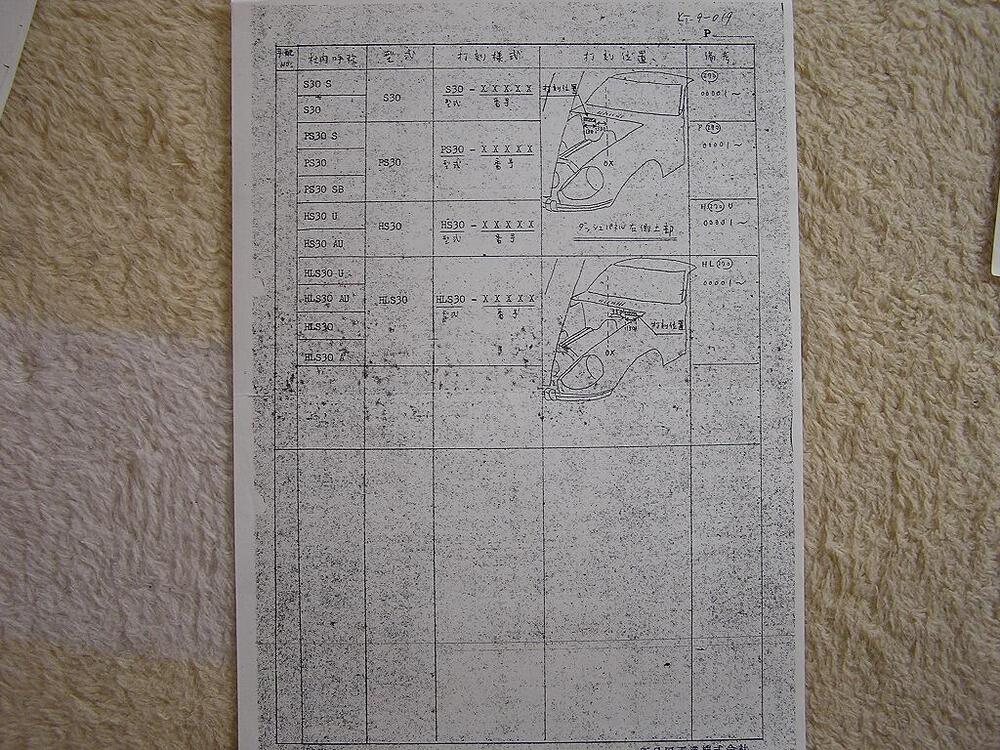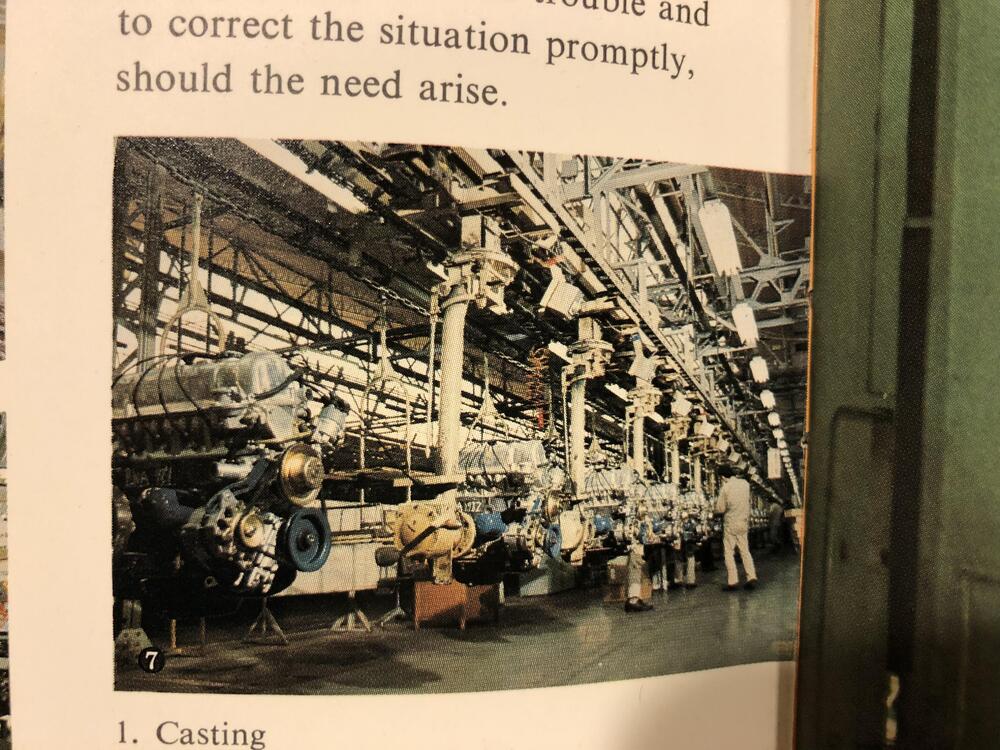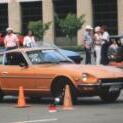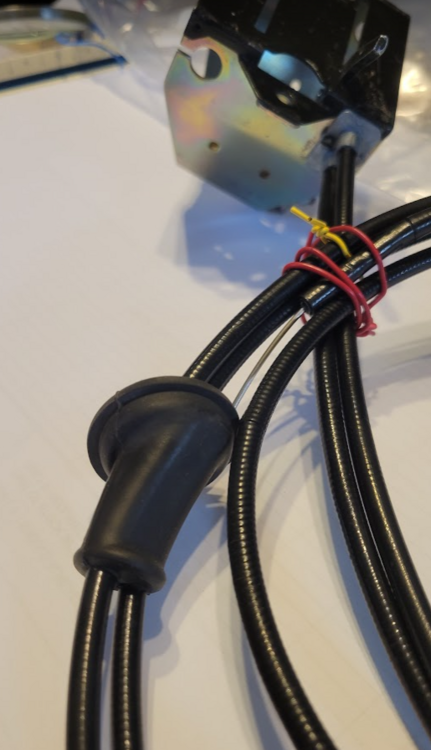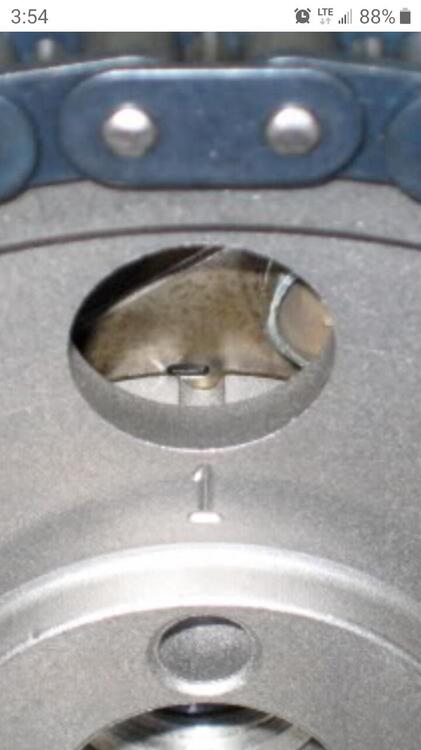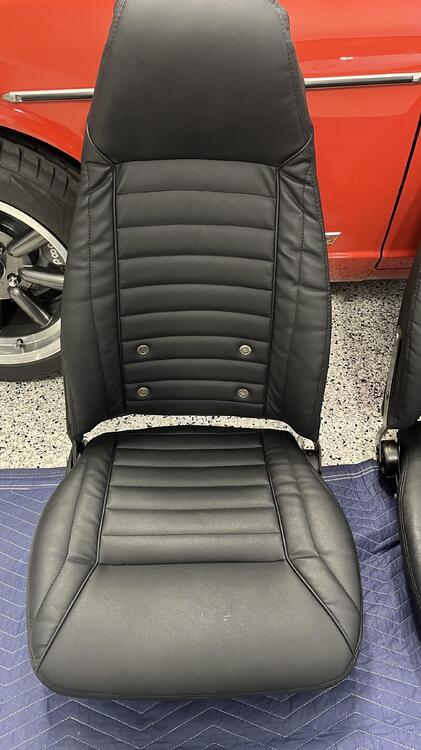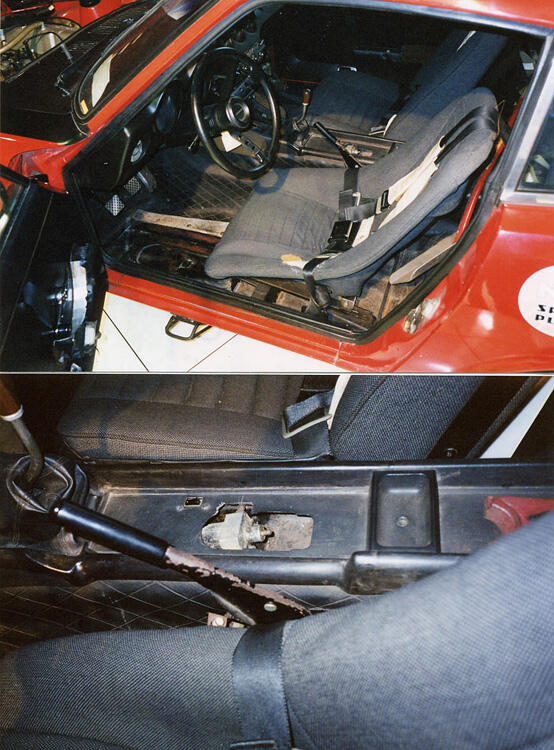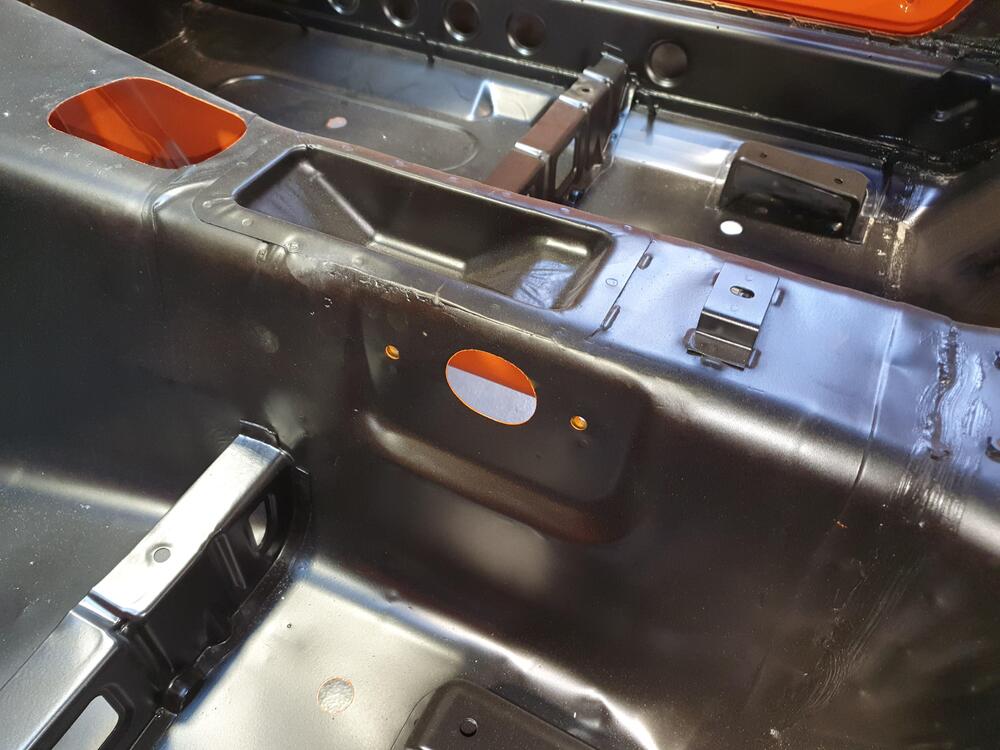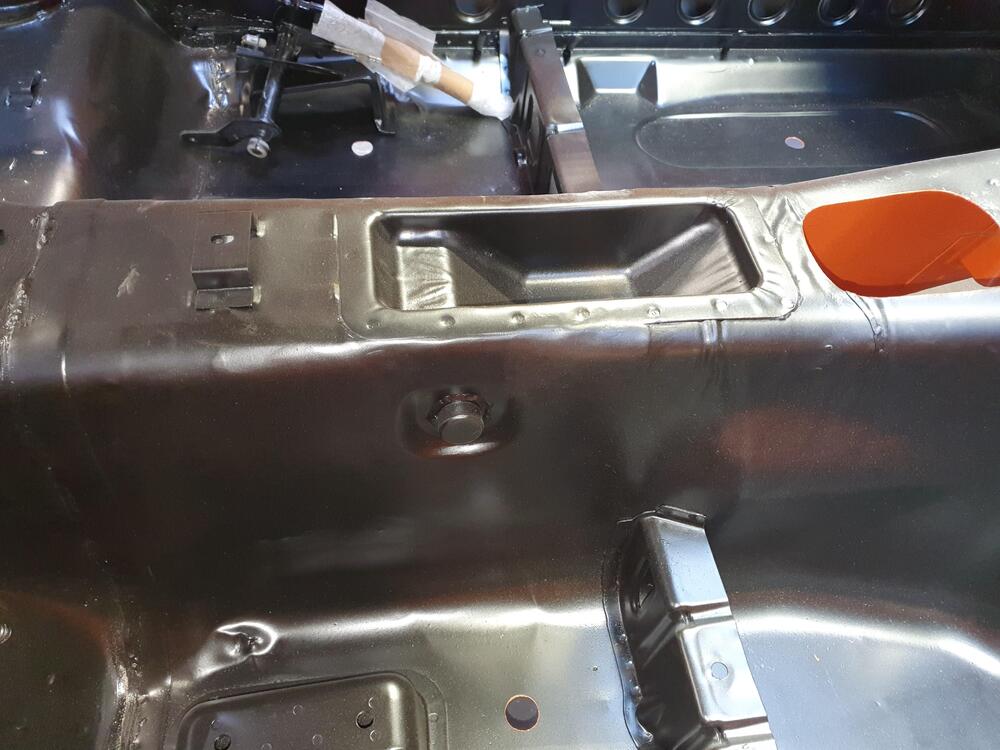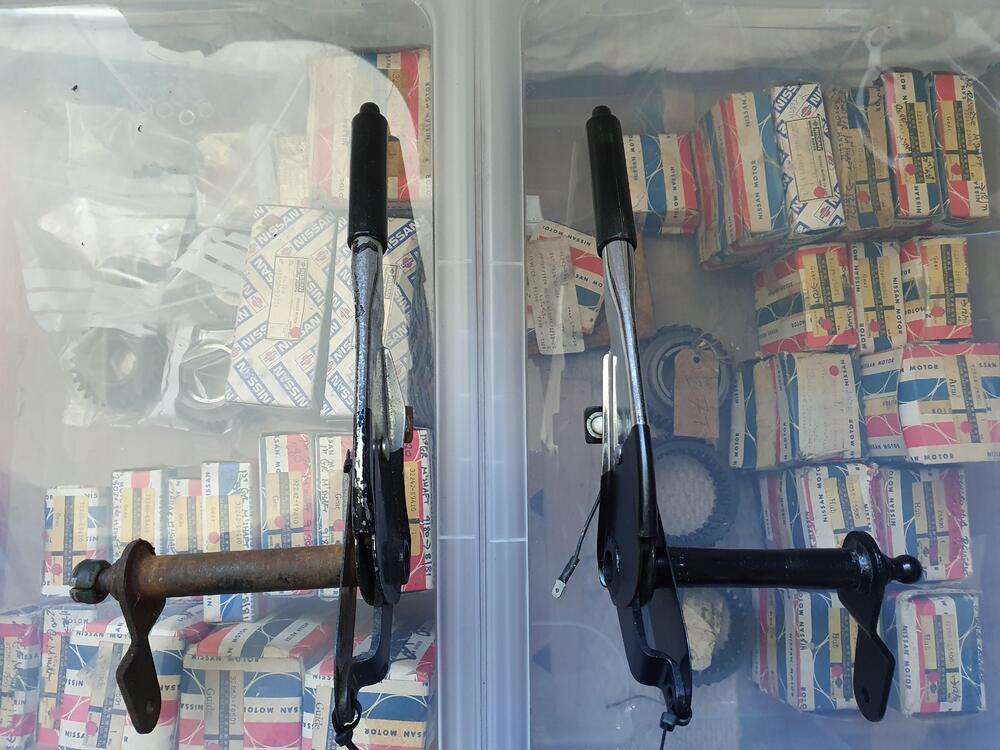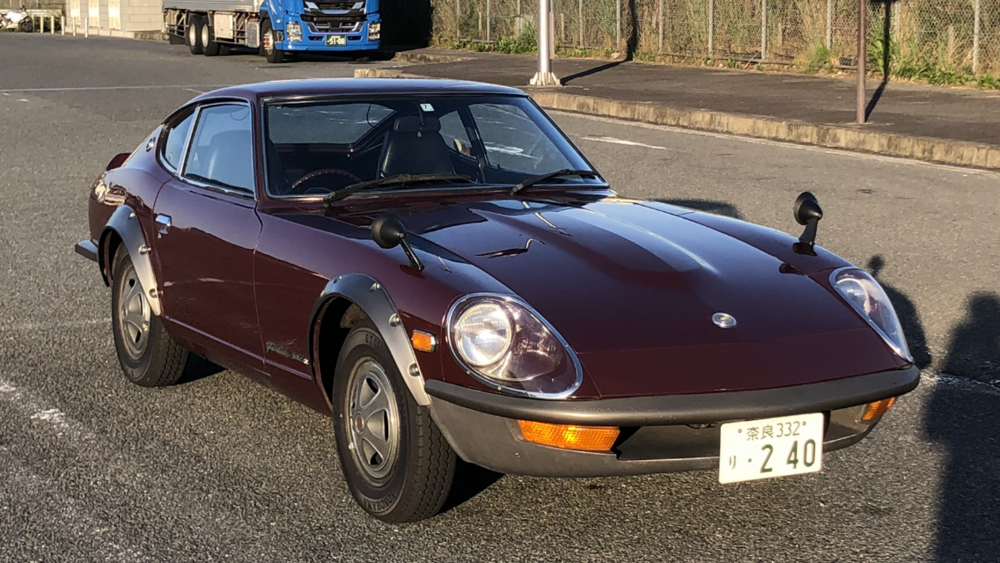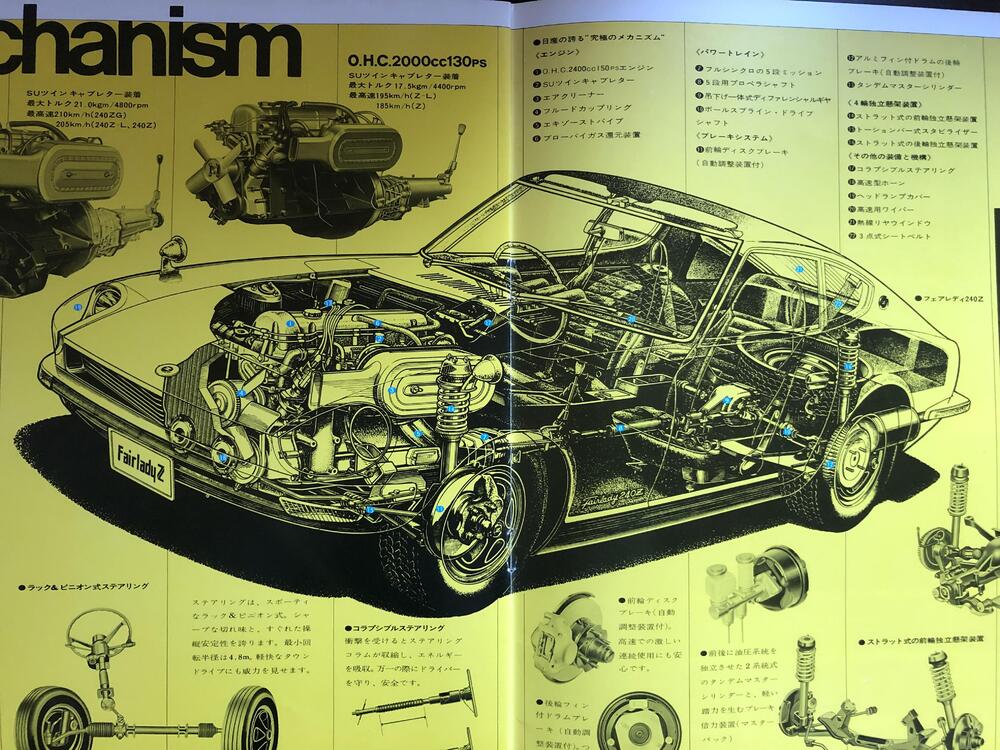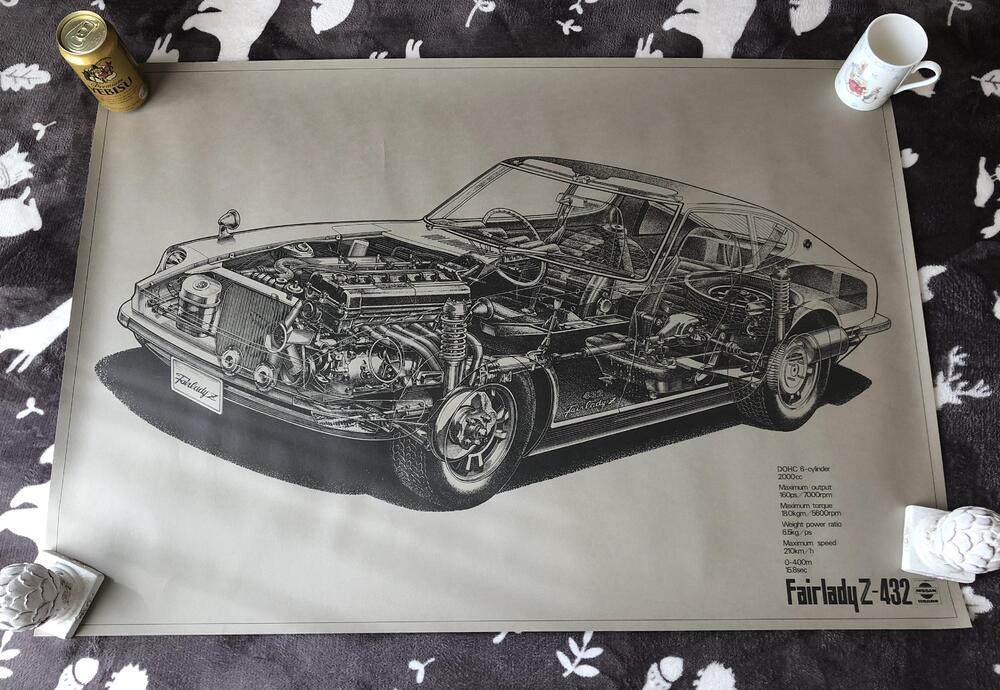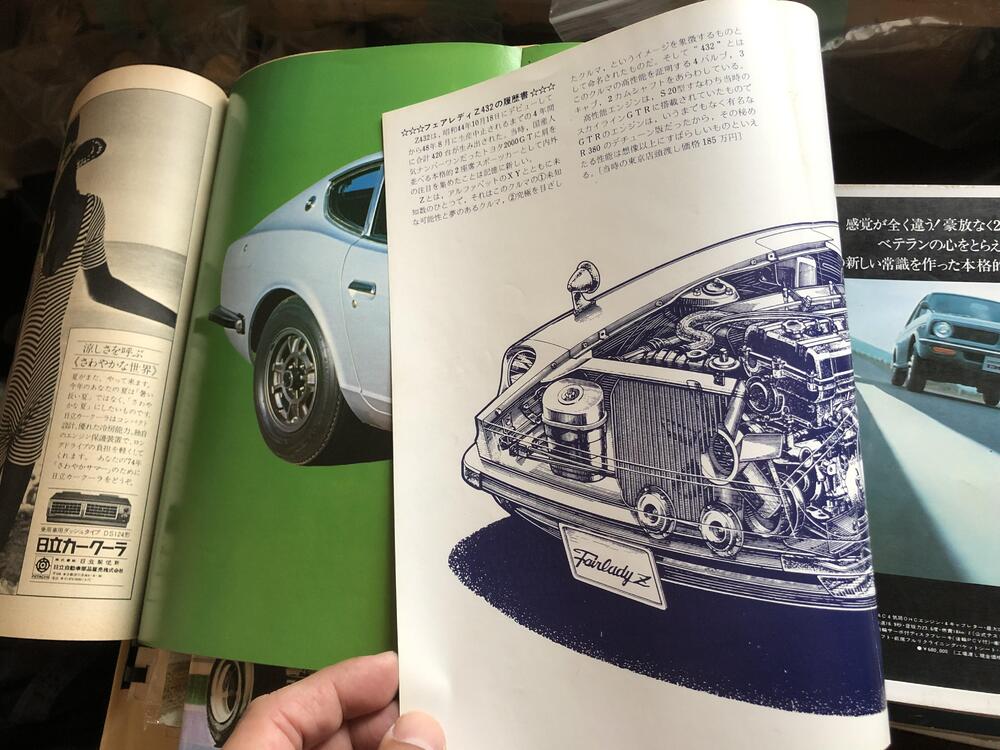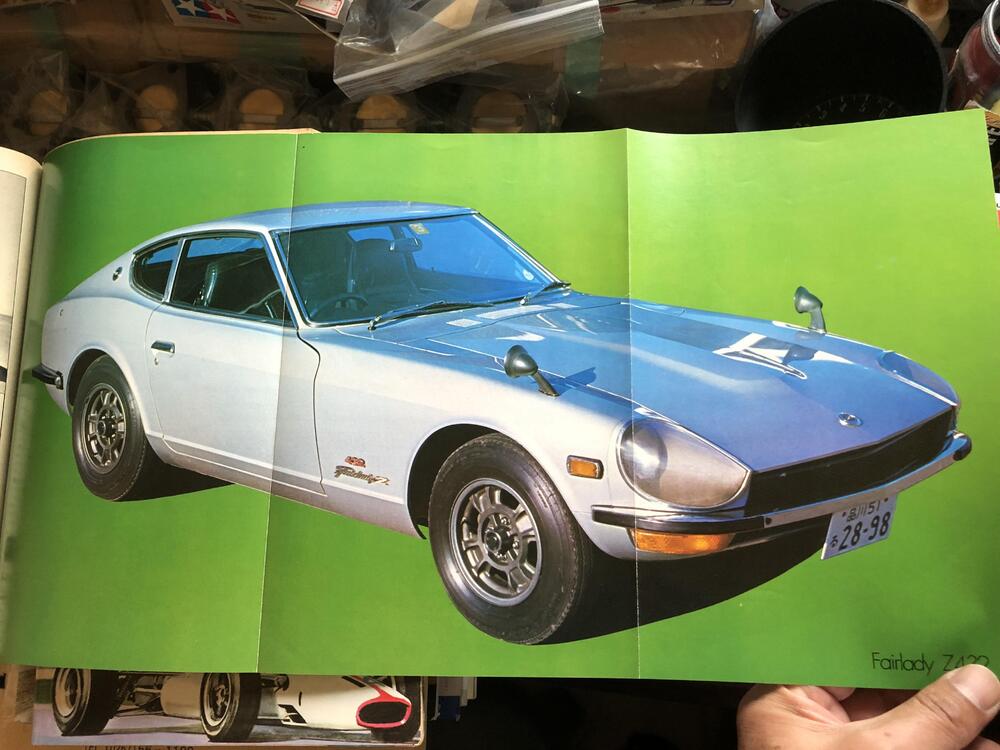Hi scotta , thanks for joining here . Your Z-L will be a late 1972 model . In September 1972 , Nissan jumped a digit , from 5 digits to 6 digits of chassis number. We believe there would never be S30-99999 . Not even S30-20000. According to the Japan automobile industry corporation, S30-011109 is the last one before S30-100001.
Same thing happened for Fairlady Z432 and Fairlady 240Z / 240ZL /240ZG . PS30-100001 and HS30-100001 were born in September 1972 but that doesn’t mean the car is 100001th Z432 ,or 100001th Fairlady (or Datsun RHD ) 240Z , or 100001th of all the S30 family either. How about Datsun 240Z left hand drive ?
HLS30-100001 is 100001th LHD 240Z .And the car would certainly be born in September (or late August) 1972 . So it seems to me that Nissan just wanted to flatten chassis number of all the S30 family. ( side note , Z432 jumped three times in the chassis number, very complicated!! )
Japanese people finally got L24 model for their S30 series in late 1971 , from HS30-10001 . Some people would have had believed the car would be the first one of Fairlady 240Z series . In this case , that would be correct as long as Nissan’s statement in the Service Shuho is true . But if people would have thought the car would be 10001th Fairlady 240Z or Datsun 240Z , that is wrong .
Gavin , could you help us to understand how many HS30 cars before October 1971 were they made ?
Datsun 240Z R-DRIVE parts catalog shows that from September 1971 , HS30-01501 is the first one. Next month HS30-10001 was born according to the Service Shuho “ Introducing Fairlady 240Z series “ . According to interviews with Nissan engineers in some magazines , at that time Nissan shatai was capable making 2000 S30 series cars a month , in April 1972 , they made total 100000 S30 series cars . And also in the same month , they achieved making 4000 S30 series cars a month. 80 to 90 % of them were export model.
So , between September and October 1971 , basically 2000 cars were made . Most of them would be export 240Z (80 to 90 %) .
What ratio would be applied to cars HS30 and HLS30 ? Maybe 1:9 ?
I guess 200 or 300 HS30 cars would have been added , HS30-018XX or something like that would be a last one before HS30-10001 .
What do you think about it ?
Kats
